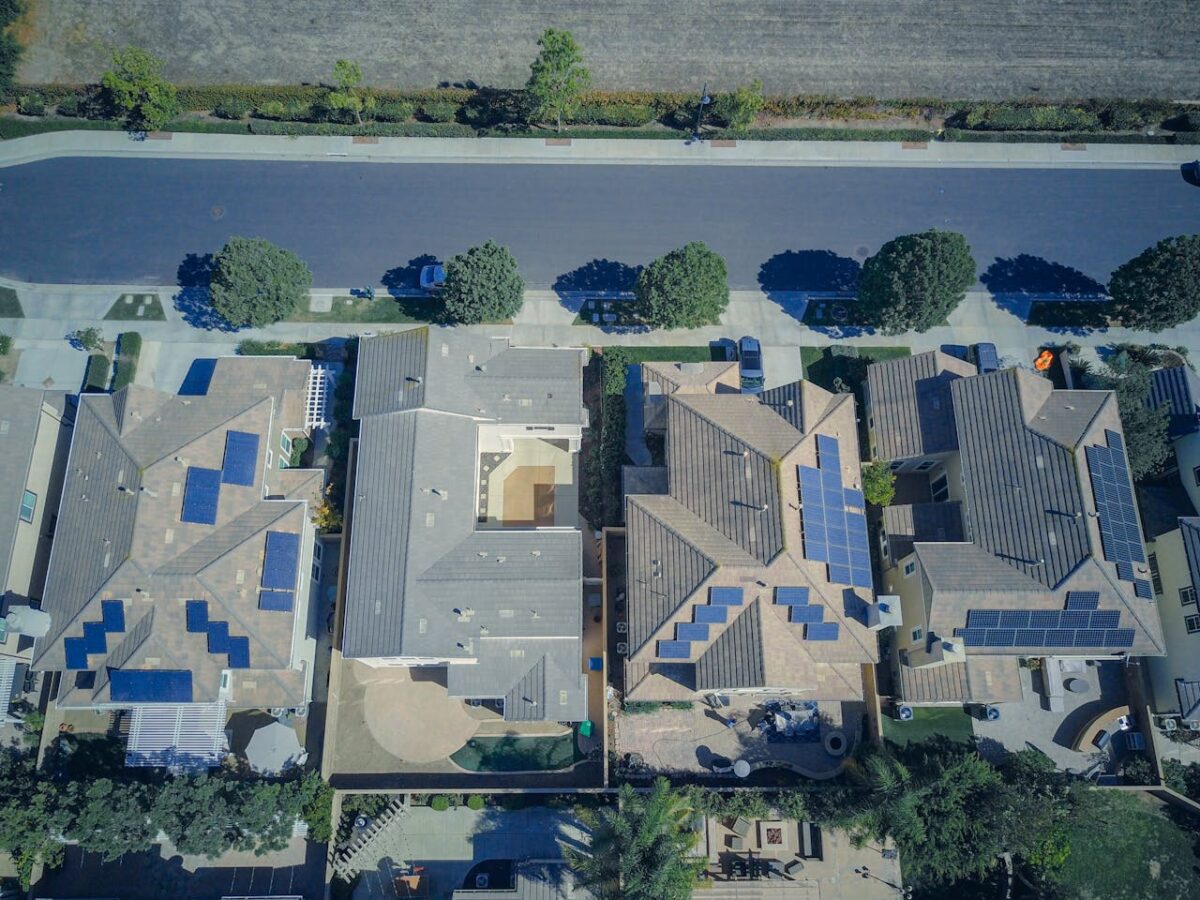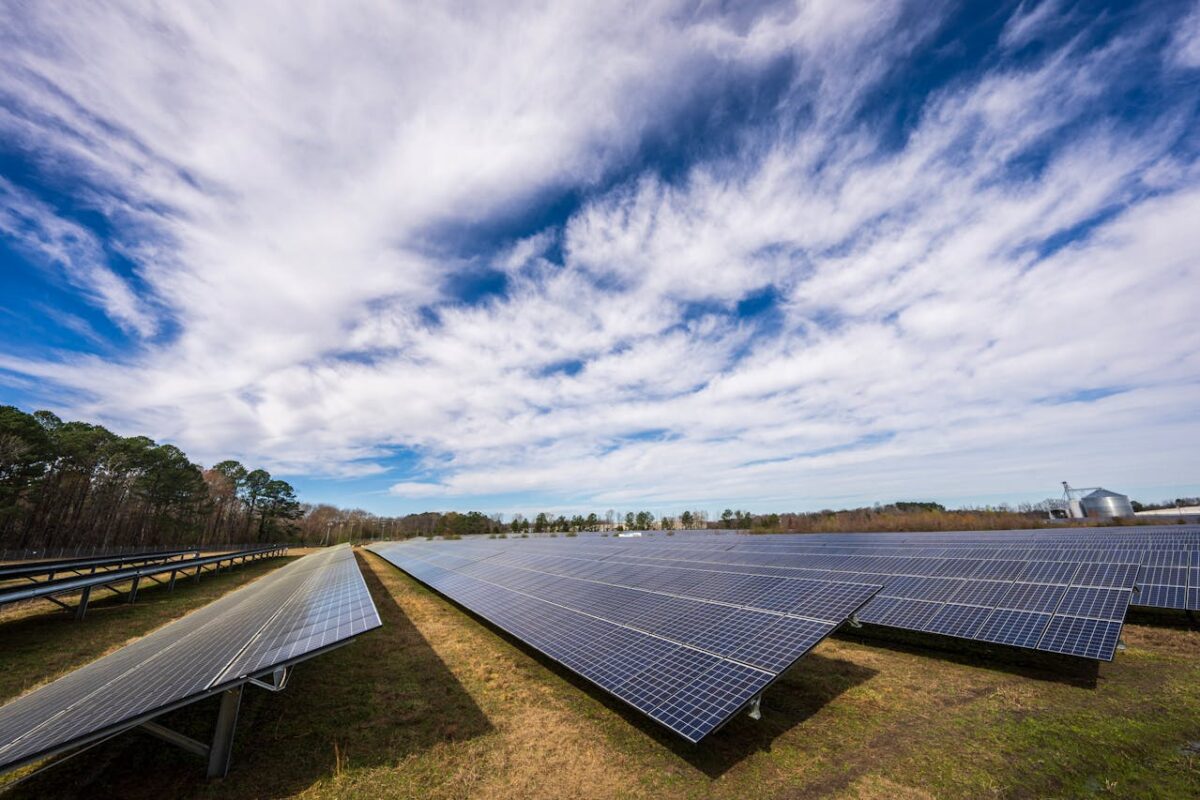How Much Power Does A Solar Panel Produce?
pvsolar
on
May 7, 2025
As solar energy adoption continues to grow across the United States, more homeowners and businesses are asking an important question: how much energy does a solar panel produce? The answer depends on several key factors—including panel type, local climate, and installation conditions.
In this article, we’ll explore what determines the power output of a solar panel and what you can expect from today’s leading solar panels on the market.
Understanding Solar Panel Power Ratings
Most solar panels are rated based on the amount of electricity they can generate under ideal conditions.
This rating means that in one hour of peak sunlight, a 400-watt solar panel can produce 0.4 kWh of electricity (kilowatt-hours). Over the course of a sunny day, that adds up significantly, particularly when you have multiple panels working together in a system.
Factors That Influence Solar Panel Power Output
There isn’t a one-size-fits-all answer to solar output because real-world performance depends on multiple environmental and technical factors:
- Amount of Sunlight: The more direct sunlight your panels receive, the more energy they can produce. Solar output is highest in regions with high solar irradiance, such as the Southwest.
- Weather Conditions: Overcast skies, rain, snow, or dust can reduce how much solar panels generate on a given day. However, panels still work in cloudy weather—just at a reduced capacity.
- Orientation and Tilt: Panels that face south (in the Northern Hemisphere) and are angled appropriately for your latitude will produce more electricity.
- Shading and Obstructions: Nearby trees, buildings, or chimneys can cast shadows that reduce energy output.
- Type of Solar Panel: Not all panels are created equal. High-efficiency models using monocrystalline solar cell technology typically generate more electricity than older polycrystalline models.
How Much Energy Do Residential Solar Panels Produce?
For a typical homeowner, residential solar panels are rated between 350 and 450 watts per panel. On average, each panel might generate 1.5 to 2.5 kWh per day, depending on your location and the season.
If you install a 6 kW system (about 15–18 panels), it could generate roughly 500 to 900 kWh per month. This is usually enough to offset a significant portion—or all—of a household’s electricity usage.
Annual Energy Production
To estimate yearly output, multiply your daily solar production by 365. For example, a 400-watt panel generating 2 kWh daily will produce about 730 kWh annually. Multiply that by the number of panels in your system to see your total energy production.
Panel Efficiency and Quality
High-efficiency solar panels can produce more power in the same space. While standard panels operate at 15–18% efficiency, premium panels can exceed 22%. If roof space is limited, choosing higher-efficiency panels can help you maximize the output of your solar panel system.
Additionally, choosing a reputable installer and quality hardware ensures your solar power system performs optimally and lasts longer—often 25 years or more.
What to Expect From New Solar Panels
Today’s solar panels on the market are more efficient, durable, and affordable than ever. Most homeowners can expect their systems to pay for themselves within 6–10 years through utility savings and tax incentives, depending on local rates and policies.
Also, integrating solar battery storage allows you to store excess energy for use at night or during outages, adding reliability and value to your solar investment.
Maximizing Your Solar Panel Output
Understanding how much energy a panel can produce is essential when planning a solar system for your home or business. Whether you’re looking to reduce your utility bills or lower your carbon footprint, the type of solar equipment you choose, your geographic location, and your roof’s exposure to sunlight all play a critical role.
Once your solar panels reach the end of their life, contact PV Solar Recycling to learn how to responsibly recycle your solar panel waste. Our team supports sustainable solar energy adoption through industry-leading waste management and recycling services—so you can power your future responsibly.



